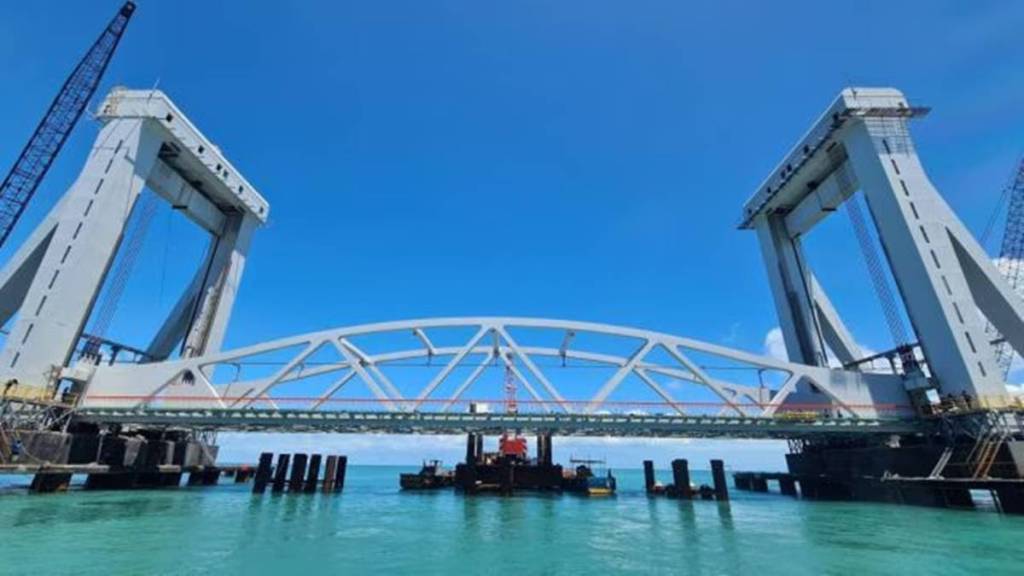The Indian Railway Ministry has formed a panel consisting of 5 members to handle safety concerns raised by the Commissioner of Railway Safety related to the newly constructed Pamban bridge. India’s first vertical lift rail bridge interconnects the mainland with Rameswaram. This landmark bridge is spread over 2.05 kilometers and includes an innovative 72-meter vertical lift section.
The bridge has been inspected by the Commissioner of Railway Safety Circle as part of a routine survey and he pointed out some issues that need to be addressed before allowing movement of passengers and freight train operations.
Panel Formation
The formation of the committee was announced by the railway minister Ashwini Vaishnaw. The committee has experts from the Research Design and Standard Organisation (RDS0) and an independent safety consultant. The team is led by an Additional Member (Bridges) of the Railway Board who has been given the responsibility of preparing a detailed safety analysis within one and a half months.
The Pamban bridge was designed by the TYPSA, which is an international consultant and has gone through detailed proof checks by premier institutions like IIT Bombay and IIT Chennai. The final design by the Southern Railway after resolving technical limitations in the review phase. To ensure longevity and safety innovative construction methods were used like corrosion-resistant materials like stainless reinforcement, full welding of structural members, and polysiloxane paint.
To lessen corrosion risks, features like fully welded box sections, fiber-reinforced polymer pathways were incorporated. To ensure robust quality control, structural welds were tested by utilizing advanced Phase Array Ultrasonic Testing. This high level of precautions will help the bridge to last for more than 35 years and will require minimum maintenance.
The construction of the bridge commenced in February 2020 after Prime Minister Narendra Modi laid its foundation stone in November 2019. The project got delayed because of covid-19 pandemic, adverse weather conditions, and technical issues. The new bridge is set to replace the original structure that was built in 1913 and was decommissioned in 2022. Once the bridge gets operational, it will boost interconnectivity and enable faster movements of trains.
(With inputs from PTI)

